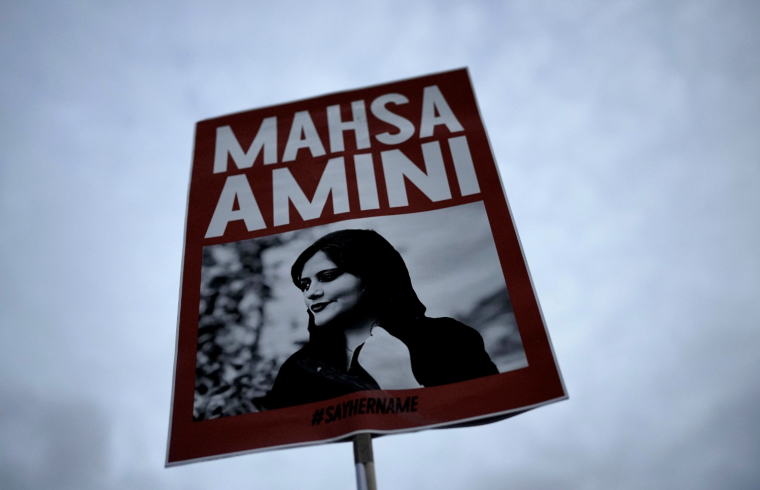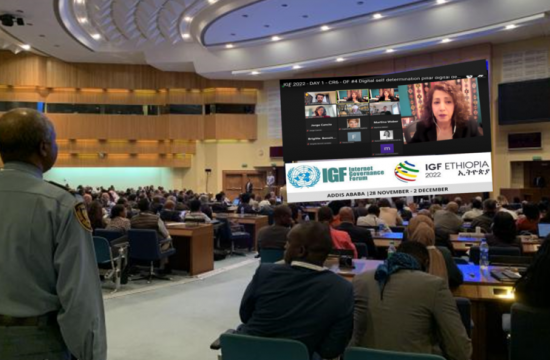By: pari Esfandiari and Gregory Treverton
First published on The Hill – 10/13/22
What began as Iranian youths protesting their hijab, now in its fourth week, has morphed into a nationwide movement for regime change. The regime has a bloody history of suppressing dissent and has begun to unleash its brute force. But the defiant protesters claim this time there will be no turning back. Over the years people have lost hope not only in the political establishment but also in reformist movements, legal platforms, and opposition groups. The organic and decentralized movement led by the youth aimed at regime change now seems the only way forward.
The voices of Iranian women and youth are magnified by support from celebrities, sports personalities, and even reformist authorities inside and outside by Iranian expatriates who have organized large demonstrations in major cities. Across the globe, women are cutting their hair in front of the cameras, just as Iranian women are doing in Iran, and chanting the same slogans as on the streets of Iran: “Zan, Zendegi, Azadi” (Women, Life, Freedom).
In the end, though, this Iranian drama requires Iranian agency. For now, Iranian youths have done all they possibly could. It is hard to ignore the images of teen-age girls as they shout for freedom. But how resilient will the youth be under the government’s heavy hand? After 43 years, the regime has developed expertise on how to manage unrest brutally and successfully. Currently, it is implementing its old playbook. But there is no denying that an impressively fearless civil society is being born. It may not succeed immediately, but it will evolve, bond, and learn to define its objectives. It will find leaders. It’s no longer a question of if, but when the veil will be lifted on the real Iran. Meanwhile, we may be pleasantly surprised; all revolutions are unique and unpredictable. They seem impossible until they happen.










